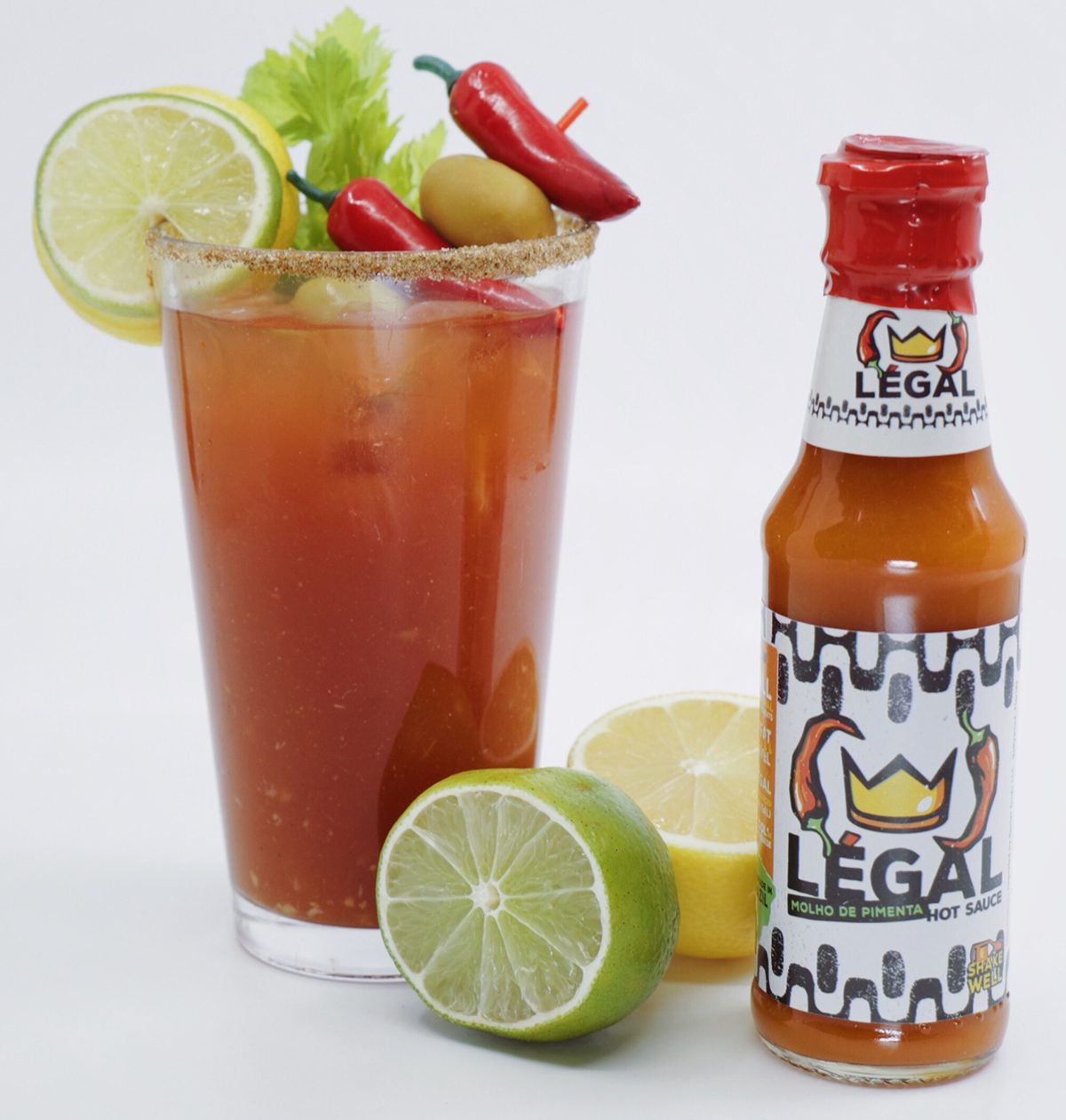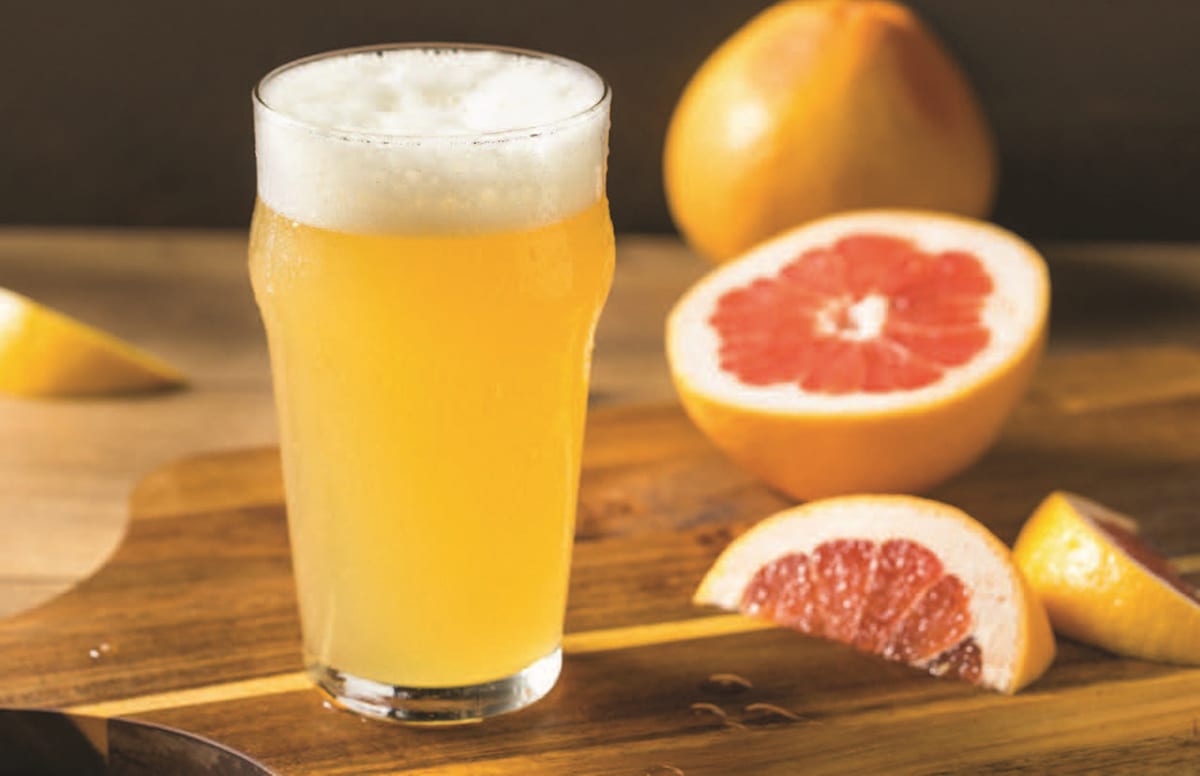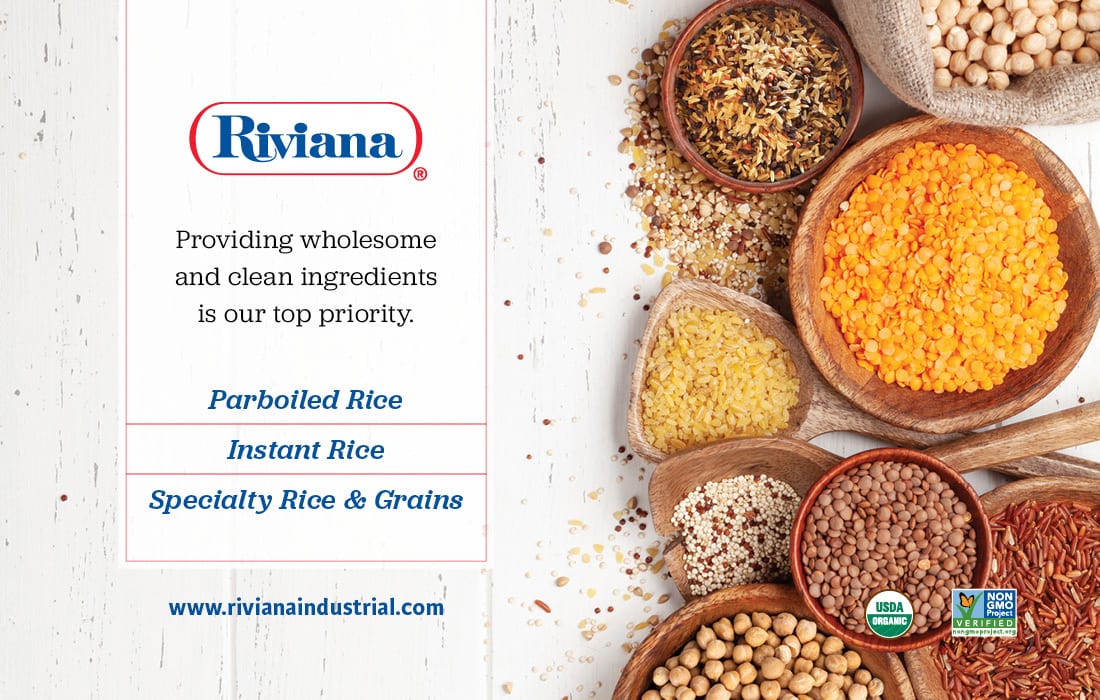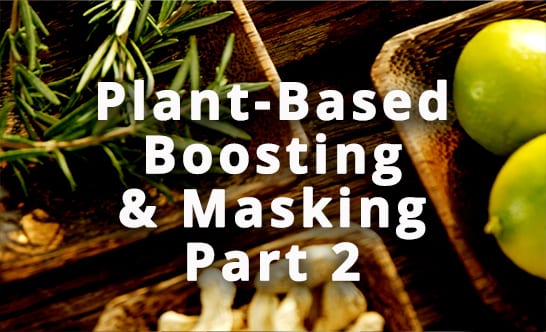Plant-Based Boosting & Masking - Part 1
Technologies
Botanicals can be powerful tools for boosting flavor and masking off-flavors.
Modifying Flavor with Biodiversity
Botanical ingredients have been key components in culinary traditions worldwide for centuries, not only for their unique flavors but also for their ability to enhance and balance the taste profiles of various dishes. Spices and herbs, in particular, are powerful tools for both flavor enhancement and masking off-flavors.
Perhaps the most prominent botanical extracts used to improve the taste of foods are spices. Some enhance sweetness, helping to reduce the use of added sweeteners. These include cardamom, cinnamon, cloves, and mint.
New flavor boosters and maskers are taking a natural turn drawn from ancient culinary traditions. Video courtesy of Getty Images/Wavebreakmedia
By Kerry Hughes, MS, Contributing Editor

More than heat and tart-fruit flavor, chili peppers and tomatoes also have been shown to counter bacteria that cause spoilage and can negatively impact health. Photo courtesy of: Légal Hot Sauce/Homer Foods LLC
Others, such as tarragon, rosemary, and chili peppers, enhance savoriness. Additionally, some can build up either sweetness or savoriness, or bridge distinct but different flavors to create a whole greater than the sum of its parts: citrus flavors, black pepper, and ginger are among many examples.
Cardamom, Cinnamon, and Cloves
Cardamom imparts a complex flavor profile that combines sweet, spicy, and floral notes. It is often is used to enhance sweetness in both sweet and savory dishes, from cookies to curry. For example, in chai tea, cardamom works alongside other spices like cinnamon and cloves to balance the bitterness of black tea. Its sweet undertones also enhance the overall sweetness of the drink, adding to the aromaticity and harmony of the other sweet spices.
These qualities make cardamom a versatile ingredient for many formulations. However, developers and manufacturers should take note that cardamom can go off quickly once it is decorticated, and especially after it is ground. Stale cardamom will develop a sharp, camphor-like aroma and flavor.
Beyond Botanicals
In addition to botanical ingredients, a variety of biodiverse flavor enhancers from animal, fungi, and marine sources play a crucial role in culinary applications. Animal-based enhancers, such as fish sauce, anchovy paste, and bone broth, provide rich umami and savory flavors, adding depth and complexity to formulations. In addition, meat, poultry, and dairy/cheese powders are finding increasing use in meal and snack products that need an extra boost of intense umami. Butter, the classic flavor enhancer, imparts creaminess and richness, enhancing the overall flavor profile. Fungi-based enhancers, including mushrooms like shiitake, porcini, and the highly prized truffle, bring earthy and umami-rich notes that elevate soups, risottos, and sauces. So, too, do yeasts and yeast extracts, heightening meat and cheese flavors in vegetarian dishes.
Cinnamon is favored for its warm, sweet, and woody-spicy flavor. It is a staple in baking, confectionary, and savory products. Due to the sweet flavor profile it imparts, it is also known for an ability to enhance sweetness and mask bitterness.
For example, as a key ingredient in pumpkin pie, cinnamon complements the natural sweetness of pumpkin and helps to mask potential bitterness or off-flavors from the other spices and ingredients. The addition of cinnamon makes for a more well-rounded and flavorful dessert.
Cloves possess a strong, pungent flavor with both sweet and piquant undertones. A little goes a long way. Medicinally, clove oil is known for its anesthetic properties. In formulations, sparing use of cloves can support sweetness, while its strong spiciness will override any undesirable bitter flavors. End of Part 1

Orange, grapefruit, and other citrus has been used effectively in fermented grain beverages to not only mask pungent aromas but also impart refreshing ones. Photo courtesy of: T. Hasegawa Co., Ltd.
Spices are Sizzling
In a report released last spring, research group Markets and Markets Research Pvt., Ltd. revealed that the global spices and seasonings market size is expected to hit US$27.4 billion by 2026. The study was based on “a comprehensive analysis of market buying patterns, pricing trends, patent evaluations, conference and webinar materials, and key stakeholders.” The research group also found that the market demand for spices and seasonings is not only driven by the “increasing preference for delectable and unique cuisines, the growth of fast food and packaged food industries” but also the “shifting consumer inclination towards healthier and more natural products.” Moreover, manufacturers are using spices specifically in order to increase the shelf life of their products in addition to enhancing flavor and quality.
Kerry Hughes, MS, principal for EthnoPharm, is a frequent contributor to the Prepared Foods network. A nutrition science expert and ethnobotanist, Hughes has a 20-year record of success in natural product development and reformulation, especially in the application of better-for-you nutraceutical botanicals. EthnoPharm specializes in innovative product formulation, education, and nexus-of-market opportunity identification. She can be reached at kerry@ethnopharm.com.



